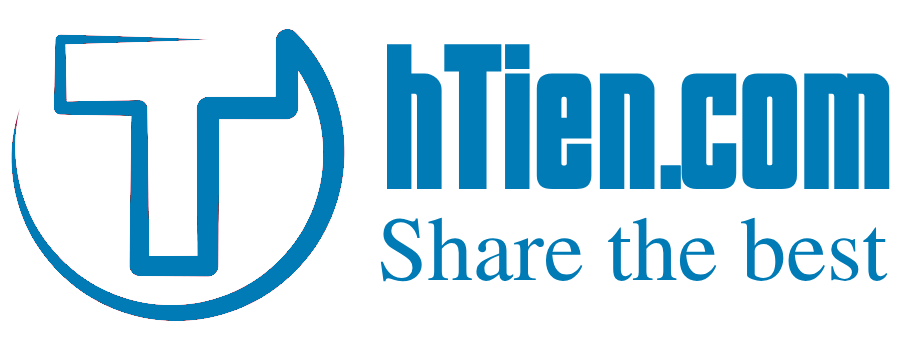I am sure that you have heard about it quite often lately. Programmatic buying is on the rise, everyone is talking about it and your boss, most probably, has already picked up on it.

This brings you to the situation where you suddenly have to realign your classical thinking about buying digital media. Furthermore you are being confronted with dozens of new terms and herds of salespeople who are trying to convince you about the merits of their state-of-the-art programmatic buying solution.
DSP, SSP, RTB, DMP, ad exchange, direct deal, preferred deal, floor price, open auction, open RTB and so on and so forth… What is this all about!? Why can’t I simply buy my digital media like I did before!?

This article series is dedicated to all the media planners, campaign managers and marketing managers who are facing the challenge of starting with programmatically buying their companies’ digital media. We will shed some light on the brave new world of programmatic buying and explain the most relevant terms you should know. In conclusion, you will learn what benefits you and your company will earn from programmatic buying.
But let’s start with the most relevant terms and definitions.
Real-Time-Bidding (RTB)
Let’s start with the most common term that is used when people are talking about programmatic buying: Real Time Bidding, or RTB for short, describes a buying mechanism in which ad impressions are purchased in real-time auctions. The highest bidder wins the auction and thus receives the offered ad impressions, which are immediately delivered to the users’ browsers and mobile phones.
Second Price Auction
In second price auctions, you pay the bidding price of the second highest bid plus one cent. If two buyers bid the same highest price, the winner is chosen randomly.
Example:
- Buyer A bids 1 euro.
- Buyer B bids 0.80 euros.
- Buyer A wins the auction but only pays 0.81 euros.
Supply-Side Platform (SSP)
Website publishers who want to sell their website’s ad inventory require a technical interface or platform that establishes the connection to the auction place and with that to interested buyers; this is the supply-side platform, or SSP in short.
Ad Exchange
Ad exchanges are marketplaces that provide the functionality of a SSP for connecting directly to publishers but also for connecting to other SSPs. Examples are the DoubleClick Ad Exchange by Google and AppNexus, which in addition also offers the functionality of a demand-side platform.
Demand-Side Platform (DSP)
The counterpart to the SSP, the demand-side platform or DSP, enables agencies and advertisers to buy advertising inventory in real time from SSPs and ad exchanges.
Bid Request
To sell their inventory in real-time auctions, website publishers have to submit bid requests that contain all the relevant information of the offered ad inventory such as:
- Domain URL (though publishers can decide to remain anonymous)
- Allowed banner types
- Banner format
- Floor price
- Position (above-the-fold or below-the-fold)
Bid Response
Participating in an auction requires the submission of an answer to the publisher’s bid request: the bid response. Amongst other information, bid responses contain:
- Seat ID (identifies the buyer)
- Bid price
- Target URL (to identify the advertiser, which allows publishers to block particular advertisers)
Win Rate
The win rate (as a percentage) is the ratio of submitted bids and won impressions.
Floor Price
This is the minimum price that has to be bid for an offered impression package.
Inventory Source
This is often used when talking about ad exchanges or SSPs in general.
Open Auction
An open auction is a public place where agencies and advertisers can buy ad impressions without prior clearance or negotiation with publishers or marketers. (Note: Some publishers and SSPs still require clearance before their inventory can be accessed in open auctions.)
Private Market Place (PMP)
A Private Market Place, or PMP, gives exclusive access to a publisher’s inventory to buyers. Most of the DSPs, including Adform, run their own PMPs where only the DSP’s customers can access the offered inventory. Some PMPs also offer special programmatic rich media formats, which are usually not supported by the majority of SSPs.
Private Auction
A private auction is a closed auction that is only available after clearance by the publisher. Private auctions can be accessed through private market places and deals.
Preferred Deal/Direct Deal
A preferred deal is a direct deal between publishers and advertisers or agencies. After the conditions (volumes, targeting and pricing) of the deal have been negotiated between the seller and the buyer, the seller provides a deal ID with which the buyer can then directly buy on this deal package.
Deal ID
This identifies a prior negotiated deal between the selling and buying parties.
Data Management Platform (DMP)
The primary function of a data management platform, or DMP, is to collect user data from all kinds of data sources (first, second and third parties). Depending on the technical scale of a DMP, further functions, such as data aggregation, segment building, etc., are available.
RTB Project (formerly the Open RTB Project)
The RTB project (formerly known as the Open RTB project) is a project group that has established an industry standard for the automated trading of digital media between the sell-side (publishers) and the buy-side (advertisers) across multiple technical platforms. For more information please visit IAB Guidelines.
That’s it! You’ve taken your first step and learned a good deal of what you will encounter in your future travels.

The upcoming article will address the programmatic buying environment to give insights into all the different ways you can buy your online advertising media. Stay tuned!
Theo https://blog.adform.com/programmatic/programmatic-buying-an-introduction-to-this-brave-new-world/
